I am just back from a few hours fishing The Snowy Creek with a friend where the stream level is up and there at the limits as to being fishable and managing the drift of your fly line was essential to success.
After a nice drive up through the winding mountain road we parked the car and got geared up. I had a small repair job to do on my waders as last time out I noticed I was getting a wet foot. UV cure Wader Repair Glue is brilliant stuff; a quick application over a hole worn through the heal, followed by a quick exposure to sunlight and they were ready to wear in just minutes. Before long, we were heading down to the stream.
The first run is one of my favourites as it has good depth and some nice currents easing past some great undercut banks. I was running a double nymph rig and indicator on my 8’6” 4wt rod. A weight forward line and a 9ft leader finishing at the first nymph and another 30 to 40cm to the smaller point nymph keeps this system easy to cast and manage on the tighter stream environment. I had the indicator tied in about 2/3rds of the way up the leader allowing the nymphs to get down reasonable deep yet still work the faster shallow runs.
Michael went a more traditional rig, with a nice buoyant Emerger at the end of a 12ft leader and a small nymph strung some 70cm below. But, the first run was mine and I worked the current seams through the depths paying attention to having my indicator drifting as naturally as possible so my nymphs were at the best depth and down near the bottom.
I was nearly 2 thirds of the way through my run before I had the indicator dip and me lift into the first fish for the afternoon. A lovely brownie of some ¾’s of a pound that darted all over the stream. My mate dropped down to the water and made short work of netting my fish before it was quickly released back into the depths.
The next run was my Michael’s. Iit was somewhat tougher with a faster current close to us and a gentler run on the far side. The first few casts had his dry bouncing down the main current which went past a few time without any hits or dips. The next few casts were along the slower section on the far side of the stream; which started a slow drift then picked up pace before the dry was skating along and the nymph being dragged along behind up near the surface. This is a common problem amongst flyfishers.
Managing a drag free drift across a faster current is one of the biggest problems face by many people as it results in good water being covered poorly or with a great chance of a marginal result.
When the dry fly or indicator is being skated along the surface it results in the nymph or nymphs being dragged up to the surface and nowhere near the bottom of the stream. From downstream it looks like it is drifting along fine; but from the side; you can clearly see the difference.
A well executed Mend or the use of my Short Line Technique can make all of the difference to the drift. Being able to manage your line and leader so that your fly/indicator drifts at the same rate as the current you are fishing while not having too much slack line on the water will result in more fish and more productive time on the streams.
This is something you should practice and think about every time on the water. Drop me a line or give me a call if you would like help with this.
Spend a day or a few with me at The Lodge to learn more and enjoy some of the fantastic waters in my area.
Come on your own or bring a friend.
Email: scott@indulgenceflyfishing.com.au
Phone: 0412690696



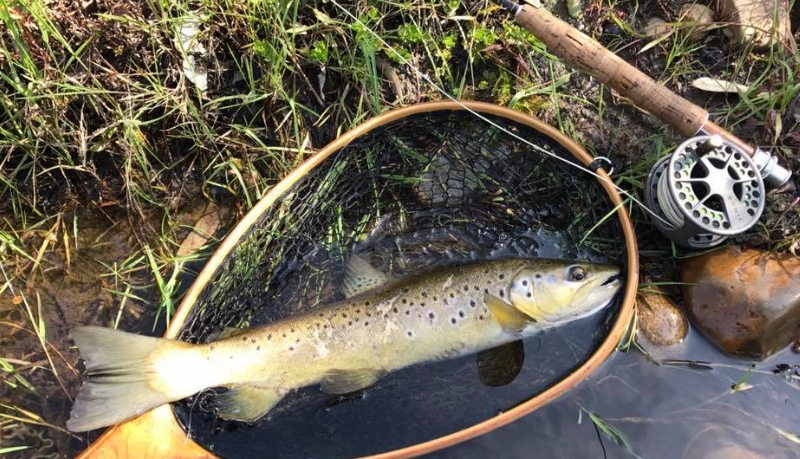
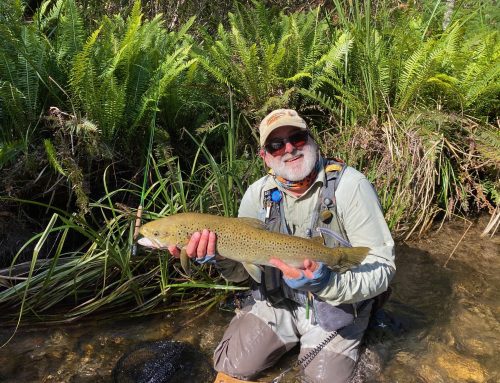
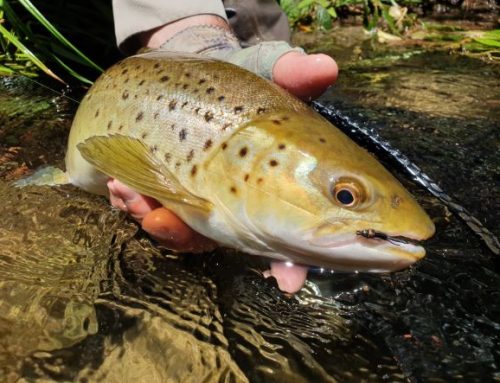
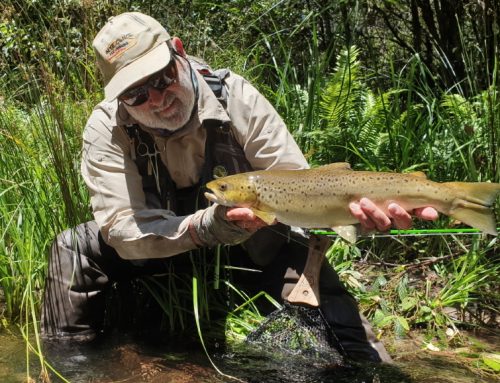
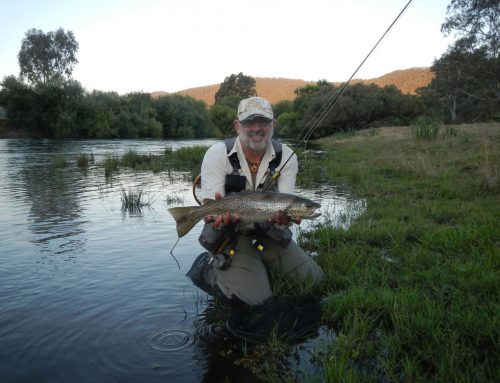
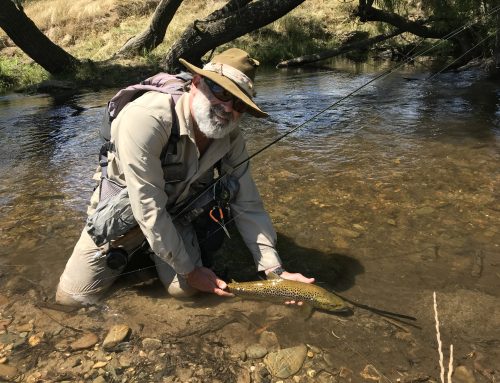
Hi Scott ,where do you get your wafer glue from
G’day Brian;
The AquaSole Wader Glue was purchased at BLUEY’S Bait & Tackle in Wodonga.
There are two types; I prefer the UV Cure one as it dries fast when in sunlight or with a UV torch.
Fantastic stuff and lasts for ages.